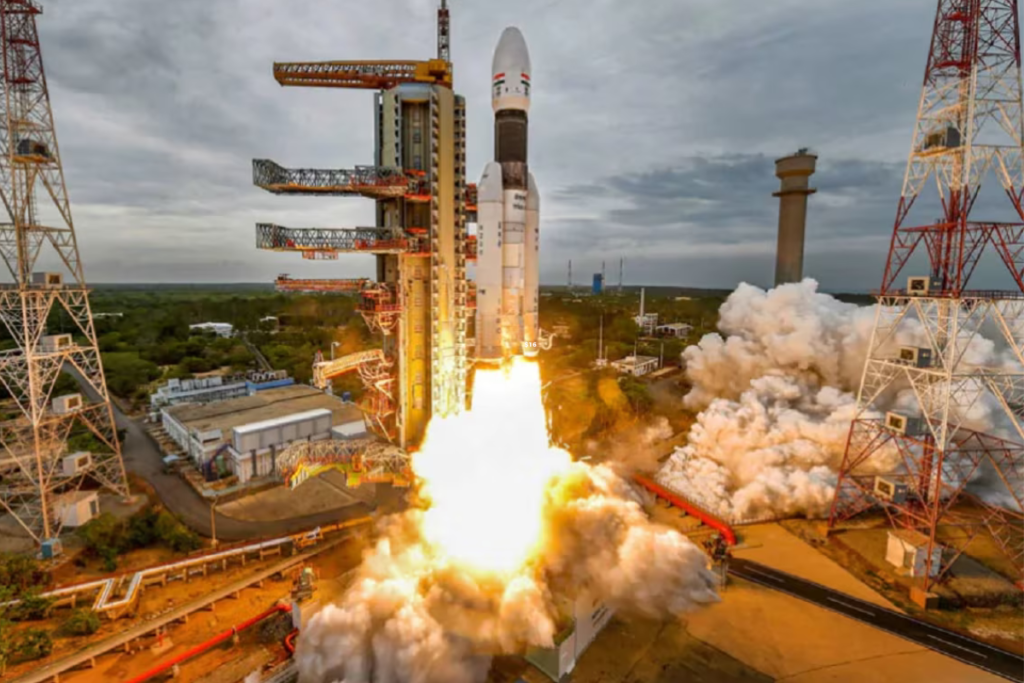
If Chandrayaan-3’s Vikram lander lands on the South Pole of the Moon on August 23, Isro will become the first space agency to do so
On Sunday, Russia’s space agency Roscosmos announced that its first lunar mission in 47 years, Luna-25, has crashed on the Moon’s surface. For India, the news was of much importance because now, if Chandrayaan-3 accomplishes what it is expected to, it will be a major milestone for the Indian Space Research Organisation (Isro).
If Chandrayaan-3’s Vikram lander lands on the South Pole of the Moon, the Indian Space Research Organisation (Isro) will become the first space agency to do so.
Over the last week, Chandrayaan-3 was in a race with Luna-25 to land on the far side of the Moon. Reports had suggested that Luna-25 would be able to make the landing before Chandrayaan-3. It would have made Russia the first country to land on the South Pole of the Moon.
But now that Luna-25 has crashed, the title is for India to take.
When is Chandrayaan-3 likely to land?
Hours after the crash of Luna-25 was announced, Isro officially announced the landing date and time of Chandrayaan-3. It said that the lander module with the rover in its belly is expected to touch down on the surface of the Moon around 6:04 pm on August 23.
On August 17, 35 days after the mission was launched on July 14, the lander module of Chandrayaan-3 had successfully separated from the propulsion module.
Chandrayaan-3: What has happened so far?
Post its launch on July 14, Chandrayaan-3 entered into lunar orbit on August 5, following which orbit reduction manoeuvres were carried out on the spacecraft on August 6, 9, 14 and 16, ahead of the separation of both its modules on August 17, in the run-up to the landing on August 23.
Earlier, over five moves in the three weeks since the July 14 launch, Isro had lifted the Chandrayaan-3 spacecraft into orbits farther and farther away from Earth.
Then, on August 1, in a key manoeuvre — a slingshot move — the spacecraft was sent successfully towards the Moon from Earth’s orbit. Following this trans-lunar injection, the Chandrayaan-3 spacecraft escaped from orbiting the Earth and began following a path that would take it to the vicinity of the Moon.
What does Chandrayaan-3 aim to achieve?
Chandrayaan-3 is a follow-on mission to Chandrayaan-2 and seeks to demonstrate end-to-end capability in safe landing and roving on the lunar surface.
The mission objectives of Chandrayaan-3 are to achieve a safe and soft landing on the lunar surface, to demonstrate the rover’s mobility on the Moon, and to conduct in-situ scientific experiments.
The lander has the capability to soft land at a specified lunar site and deploy the rover that will carry out in-situ chemical analysis of the Moon’s surface during the course of its movements.
The lander and the rover are carrying scientific payloads to carry out experiments on the lunar surface.


